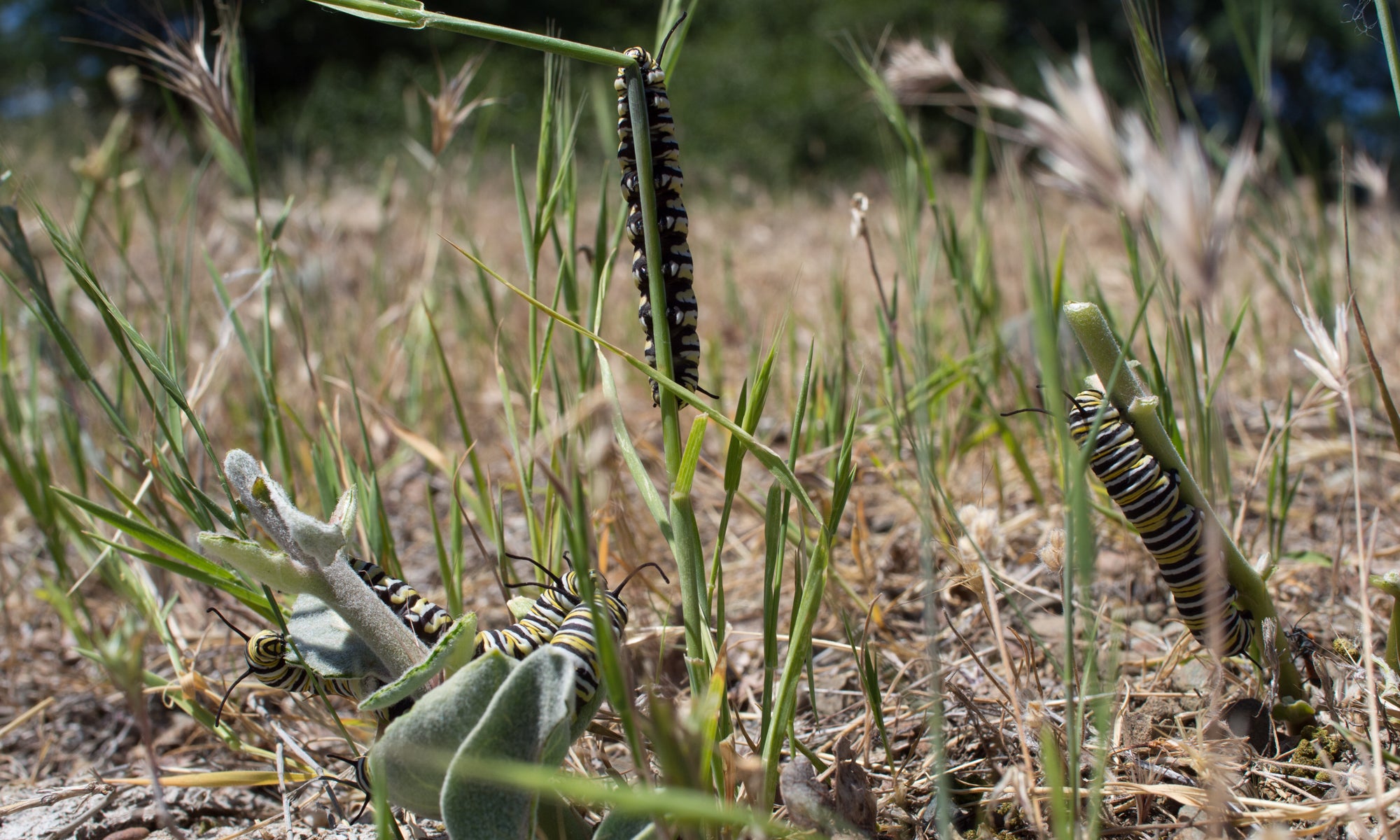Shahla Farzan and Louie H. Yang
Abstract
Phenological shifts have been observed in a wide range of taxa, but the fitness consequences of these shifts are largely unknown, and we often lack experimental studies to assess their population‐level and evolutionary consequences. Here, we describe an experimental study to determine the fitness consequences of phenological shifts in blue orchard bee (Osmia lignaria) emergence, compare the measured seasonal fitness landscape with observed phenology in the unmanipulated population, and assess seasonal variation in key factors related to reproduction, foraging, and brood parasitism that were expected to affect the shape of the fitness landscape. By tracking individually marked females, we were able to estimate the lifetime fitness impacts of phenological advances and delays. We also measured parasitism risk, floral resource use, and nesting behavior to understand how each varies seasonally, and their combined effects on realized fitness. Survival to nesting decreased non‐monotonically throughout the season, with a 20.4% decline in survival rates between the first and second cohorts. The total reproductive output per maternal bee was 14.9% higher in the second cohort compared the first, and 161% higher in the second cohort compared to the third. Combining seasonal patterns in survival and reproductive output, experimentally advanced females showed 30.6% higher fitness than bees released at the historic peak. In contrast, the nesting phenology of unmanipulated bees showed nearly equal numbers of nesting attempts in the first two cohorts. Both increased resource availability and reduced parasitism risk favored earlier emergence. These results are consistent with a population experiencing directional selection for earlier emergence, adaptive bet‐hedging, or developmental constraints. Our study offers insight into the fitness consequences of phenological shifts, the mechanisms affecting the fitness consequences of phenological shifts in a community context, and the potential for adaptive responses to climate change.
Ecology; Accepted Articles; July 31, 2018

